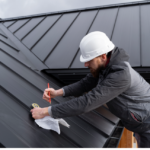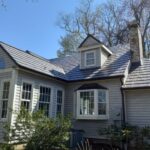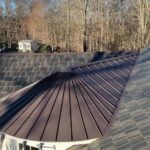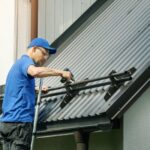Preventing Condensation on Metal Roofing: Expert Solutions
December 22, 2024 | By Mike Gonet | Filed under: Blog
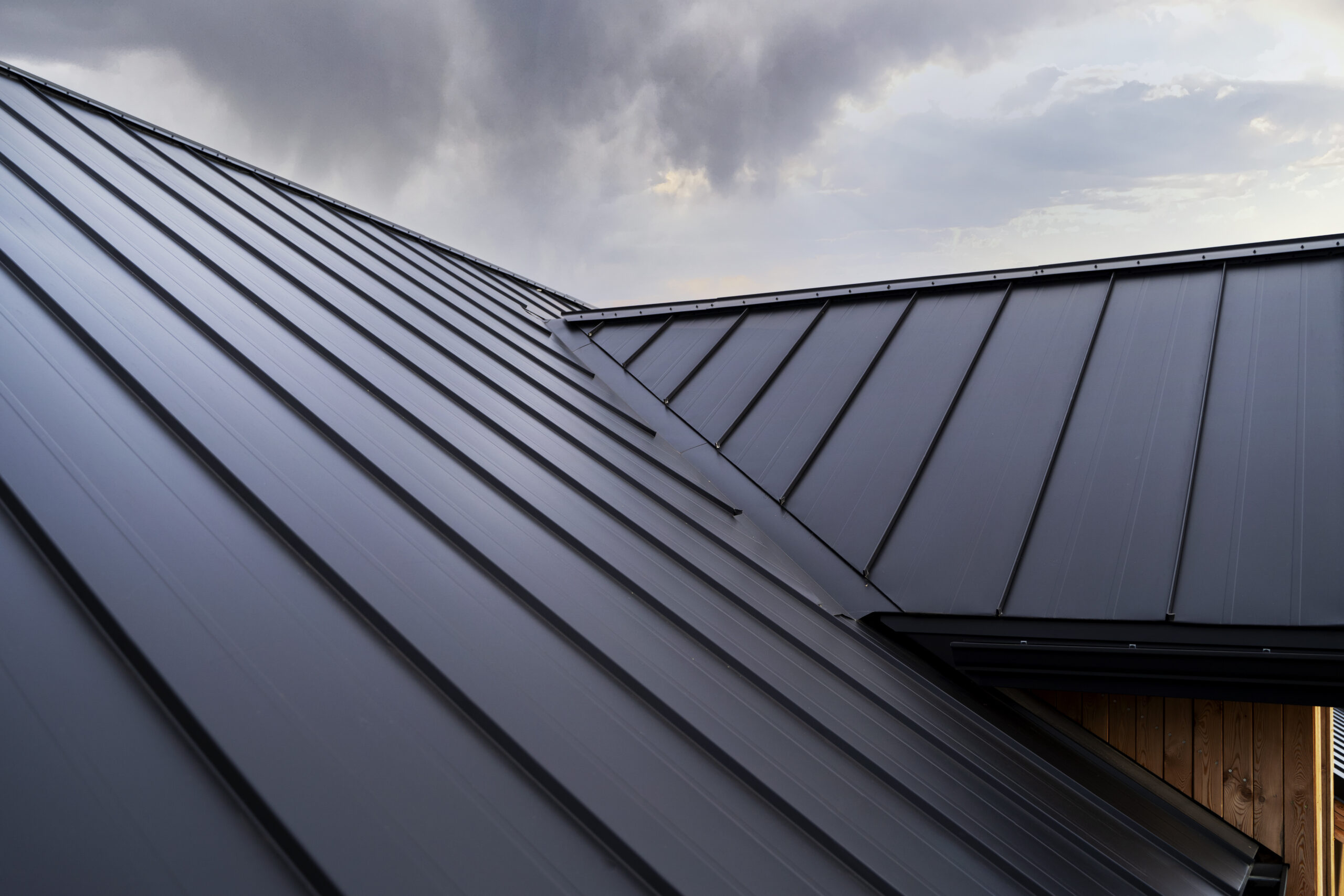
Condensation on metal roofs can lead to significant problems if left unaddressed, such as rust, mold growth, and structural damage. A thorough understanding of its causes and the implementation of effective prevention strategies is essential for maintaining the longevity of your roofing system. By working with a quality metal roofing company, you can ensure that your roof remains in excellent condition, avoiding costly repairs and extending its lifespan.
Understanding Condensation Formation
Condensation occurs when warm, moisture-filled air comes into contact with a cold metal surface, resulting in water vapor turning into liquid. This phenomenon is especially prevalent in metal roofing systems, where significant temperature differences between interior and exterior environments are common. Early morning hours or climates with high humidity levels often exacerbate this issue. Due to its high thermal conductivity, metal readily responds to temperature fluctuations, making it more prone to reaching the dew point compared to other roofing materials.
Essential Prevention Strategies
Proper ventilation is a key defense against condensation. A well-designed ventilation system includes intake and exhaust vents to promote consistent airflow. Components such as ridge vents, soffit vents, and gable vents work together to ensure effective air circulation. Additionally, installing vapor barriers on the warm side of insulation prevents moisture-laden air from coming into contact with cold surfaces. Ensuring the insulation is thick enough and properly installed eliminates thermal bridges that could create cold spots susceptible to condensation.
Insulation and Vapor Control
Selecting and installing appropriate insulation is vital for controlling condensation. Rigid foam insulation, for instance, provides both thermal resistance and vapor control when installed correctly. The insulation’s R-value should align with your local climate requirements, and installation must be seamless to avoid gaps where condensation can form. Above-sheathing ventilation—achieved by placing purlins or spacers between the metal panels and the decking—adds an extra layer of protection by allowing air movement beneath the metal surface, reducing the likelihood of condensation.
Advanced Solutions and Technologies
Modern advancements in roofing materials offer additional protection against condensation. Anti-condensation underlayments with moisture-wicking properties and specialized membranes designed for condensation control can be applied to the underside of metal panels. Some manufacturers provide metal panels with factory-applied anti-condensation coatings or fleece backing, which actively manage moisture by either preventing its formation or absorbing it until conditions allow for evaporation. These technologies enhance the overall performance and durability of metal roofing systems.
Monitoring and Maintenance
Regular monitoring and maintenance are crucial for the effectiveness of your condensation prevention measures. Inspect attic spaces for signs of moisture buildup, particularly during seasons with significant temperature changes. Use humidity monitors to keep track of indoor moisture levels and promptly address any blockages in the ventilation system. Ensure bathroom and kitchen exhaust fans are vented directly outside rather than into attic spaces. Replace deteriorated vapor barriers and insulation as needed to maintain your system’s efficiency. These proactive steps will help protect your roof from the long-term effects of condensation.
.
Other related posts:
